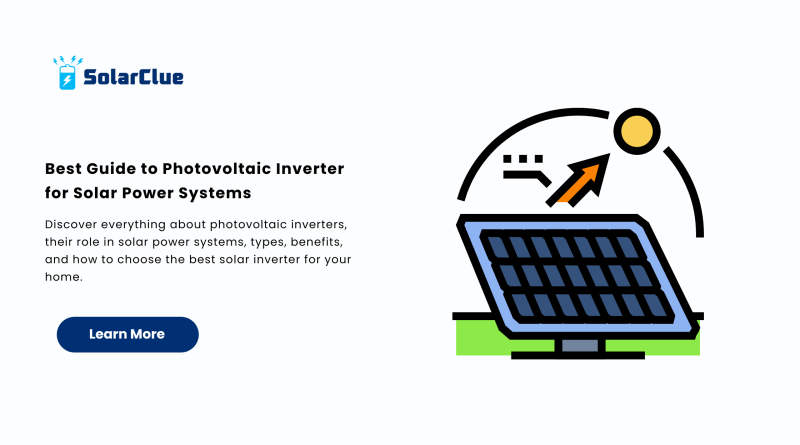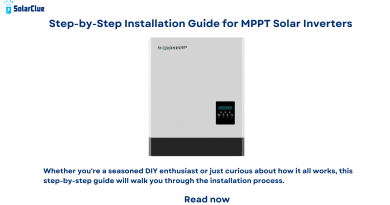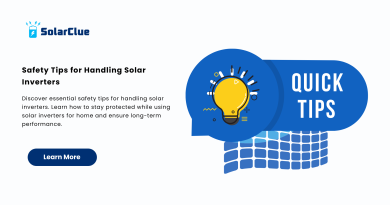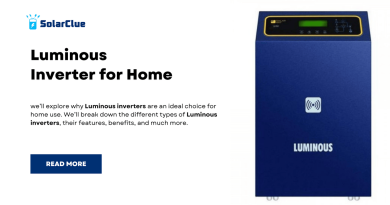Best Guide to Photovoltaic Inverter for Solar Power Systems
Best Guide to Photovoltaic Inverter for Solar Power Systems: In today’s energy-conscious world, switching to solar power is more than just a trend—it’s a smart investment for a cleaner, more sustainable future. At the heart of every efficient solar power system lies a crucial component: the photovoltaic inverter. This intelligent device transforms the solar energy harvested by your panels into usable electricity for your home or business. But what exactly does it do, and why is it so important? In this comprehensive guide, we’ll break down everything you need to know about photovoltaic inverters, their types, benefits, and how to choose the right one for your energy needs. Whether you’re new to solar or looking to upgrade your setup, this guide is your starting point to make confident and informed decisions.
Table of Contents
- 1 What is a Photovoltaic Inverter?
- 2 Why is a Solar Inverter Important?
- 3 Types of Photovoltaic Inverters
- 4 Benefits of Using a Photovoltaic Inverter
- 5 Key Features to Look for in a Solar Inverter
- 6 How to Choose the Right Photovoltaic Inverter
- 7 Installation Tips for Solar Inverters
- 8 Common Issues and Troubleshooting
- 9 Maintenance of a Photovoltaic Inverter
- 10 Integrating with Battery Storage
- 11 Photovoltaic Inverter vs. Regular Inverter
- 12 Environmental Impact and Energy Savings
- 13 Cost Considerations
- 14 Leading Brands and Models in India
- 15 Future Trends in Photovoltaic Inverters
- 16 Final Thoughts
- 17 FAQs
What is a Photovoltaic Inverter?
A photovoltaic inverter is a critical component in any solar power setup. It converts the direct current (DC) electricity generated by solar panels into alternating current (AC) electricity that powers homes and businesses. Without it, solar energy cannot be efficiently used or fed into the power grid.
Why is a Solar Inverter Important?
Every solar power system depends on a solar inverter to function correctly. It ensures that the electricity produced by your solar panels is compatible with household appliances and the local grid. Modern inverters also track energy production and help with troubleshooting through smart features.
Types of Photovoltaic Inverters
1. String Inverters
These are the most common and affordable type of solar inverter. A single inverter is connected to multiple solar panels.
2. Microinverters
Installed on each individual panel, microinverters allow panel-level monitoring and efficiency, especially useful in shaded conditions.
3. Hybrid Inverters
These inverters can manage energy from both solar panels and batteries. Ideal for users who want energy independence or backup during outages.
Benefits of Using a Photovoltaic Inverter
- Converts solar power into usable energy
- Monitors energy production
- Enhances system safety
- Increases overall efficiency of your solar power system
Key Features to Look for in a Solar Inverter
- High efficiency rating (above 95%)
- Warranty period (at least 5–10 years)
- Compatibility with battery storage
- Smart monitoring capabilities
How to Choose the Right Photovoltaic Inverter
- System size: Match inverter size to your panel output
- Budget: Consider initial cost vs. long-term savings
- Installation space: Microinverters take up more space but offer more control
- Future upgrades: Choose an inverter that allows system expansion
Installation Tips for Solar Inverters
- Always hire certified professionals
- Ensure adequate ventilation for cooling
- Protect from weather exposure
- Place close to the main service panel for minimal energy loss
Common Issues and Troubleshooting
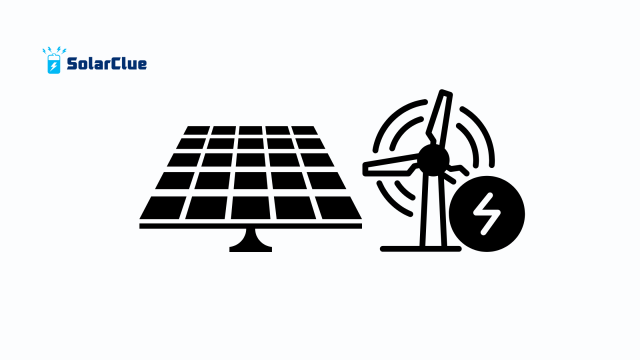
- No power output: Check for grid disconnection or blown fuses
- Low efficiency: May be caused by panel shading or dirt
- Overheating: Ensure the inverter is in a cool, ventilated area
Maintenance of a Photovoltaic Inverter
- Clean external casing regularly
- Check for warning lights
- Monitor output through app or web interface
- Schedule annual professional inspections
Integrating with Battery Storage
Hybrid solar inverters allow energy storage in batteries, providing backup during grid outages and reducing dependence on the utility grid.
Photovoltaic Inverter vs. Regular Inverter
While traditional inverters convert DC to AC for devices like batteries or UPS systems, photovoltaic inverters are specifically designed for solar power systems and come with advanced energy tracking and safety features.
Environmental Impact and Energy Savings
Using a photovoltaic inverter as part of your solar power setup significantly reduces your carbon footprint and monthly electricity bills. It is a step toward a sustainable and energy-efficient future.
Cost Considerations
The price of a solar inverter can range between $500 to $2,000 based on type and features. While upfront costs may seem high, long-term savings and government incentives often make up for it.
Leading Brands and Models in India
- Growatt
- Luminous
- SMA Solar
- Sungrow
- Delta
Compare features, reviews, and warranties before making a decision.
Future Trends in Photovoltaic Inverters
Expect smarter, more compact, and AI-powered solar inverters that offer real-time analytics, auto-updates, and predictive maintenance. These will optimize the performance of your solar power system even further.
Final Thoughts
Choosing the right photovoltaic inverter is crucial to getting the most out of your solar power system. From improving energy efficiency to enabling smart monitoring, the right solar inverter ensures seamless integration and long-term sustainability.
Ready to make the solar switch? Explore more on our website solarclue.com or dive into solar insights at blog.solarclue.com.
FAQs
1. What is the main function of a photovoltaic inverter?
It converts DC power from solar panels into AC power usable by household appliances and the grid.
2. Can I use a photovoltaic inverter without a battery?
Yes, most systems feed directly into the grid or power your home without the need for a battery.
3. How long does a photovoltaic inverter last?
Typically between 10 to 15 years, depending on the brand and maintenance.
4. Is it worth investing in a hybrid inverter?
If you’re considering battery backup or energy independence, a hybrid inverter is a smart choice.
5. Do all solar panels need a separate inverter?
Not necessarily. Systems with microinverters have one per panel, while string inverters handle multiple panels together.

